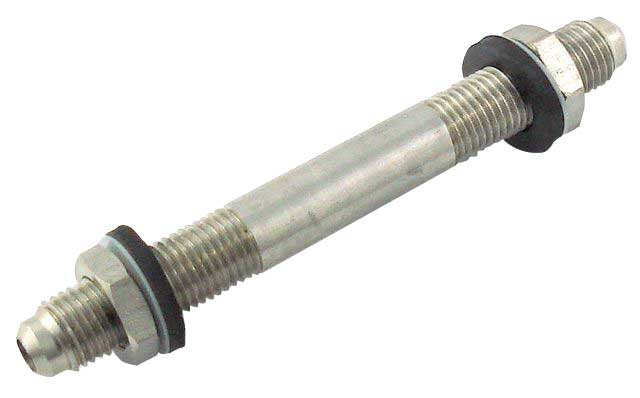Happyhammer
Active Member
Hi,
I've attached a couple of pictures my five year old drew for me, ahem, ok that I drew, that hopefully explain what I'm attempting to do which is setup my fridge so that I can either carb up to four kegs at a time or pour from four kegs at a time or a combination of the two as in picture 2. I don't know much about regulators so feedback very welcome and appreciated.
Picture 1 shows a simple setup I'll be starting with so that I can carb four kegs at a time.
Picture 2 shows a modification where I've added an additional manifold, an additional regulator? and an additional gas line into the fridge.
My question is do I need 2 regs to run different pressures and are they in the right order? ie does the lower pressure need to be the outside reg? Or is there an easier way to achieve the same outcome?


I've attached a couple of pictures my five year old drew for me, ahem, ok that I drew, that hopefully explain what I'm attempting to do which is setup my fridge so that I can either carb up to four kegs at a time or pour from four kegs at a time or a combination of the two as in picture 2. I don't know much about regulators so feedback very welcome and appreciated.
Picture 1 shows a simple setup I'll be starting with so that I can carb four kegs at a time.
Picture 2 shows a modification where I've added an additional manifold, an additional regulator? and an additional gas line into the fridge.
My question is do I need 2 regs to run different pressures and are they in the right order? ie does the lower pressure need to be the outside reg? Or is there an easier way to achieve the same outcome?








































![Craft A Brew - Safale BE-256 Yeast - Fermentis - Belgian Ale Dry Yeast - For Belgian & Strong Ales - Ingredients for Home Brewing - Beer Making Supplies - [3 Pack]](https://m.media-amazon.com/images/I/51bcKEwQmWL._SL500_.jpg)




















 I love this calculator! I never would have figured out that if I want to pour my extra-fizzy beer (without changing lines), I just need to hold my glass and picnic tap over my head!
I love this calculator! I never would have figured out that if I want to pour my extra-fizzy beer (without changing lines), I just need to hold my glass and picnic tap over my head! 








